Remember when television commercials were appointment viewing? Back in the day, we’d actually sit through the ads because they were entertaining, featuring colorful characters who became part of our daily lives. These mascots weren’t just selling products—they were weaving themselves into the fabric of American culture, creating catchphrases we’d repeat at school and jingles we’d hum while doing chores.
1. The Marlboro Man
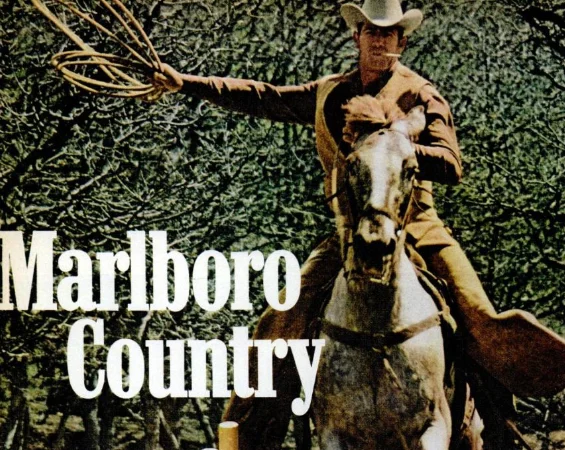
The rugged cowboy who rode across our TV screens represented the epitome of American masculinity for decades. His weathered face and confident demeanor made smoking seem like the natural choice for anyone who valued independence and strength. From 1954 through the late 1990s, this iconic figure transformed a cigarette brand originally marketed to women into one of the most recognizable symbols of the American West. Texas History Notebook explores just how long the history of the Marlboro Man campaign ran.
The Marlboro Man’s disappearance from our screens marked the end of an era when cigarette advertising dominated television. His legacy remains complex—while he successfully sold an image of freedom and adventure, the health consequences of his product eventually led to his retirement. Today’s viewers might find it hard to believe that such advertisements once filled prime-time television slots, but for those who lived through it, his absence still feels like losing an old acquaintance.
2. Speedy Alka-Seltzer
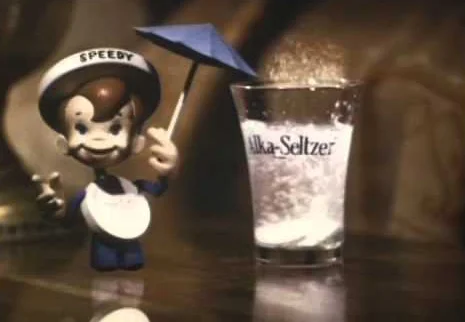
“Plop, plop, fizz, fizz, oh what a relief it is!” Those words, delivered by a tiny animated tablet with arms, legs, and a chef’s hat, became one of advertising’s most memorable jingles. Speedy burst onto screens in the 1950s, teaching America that fast relief was just a glass of water away. His energetic personality and helpful demeanor made him feel like a miniature pharmacist who genuinely cared about your upset stomach. GoodRx looks under the microscope to explain just how this concoction relieved our worst aches.
The little fellow disappeared from regular rotation in the 1960s, though he made occasional comeback appearances over the years. His charm lay in making medicine seem friendly and approachable rather than clinical and intimidating. While Alka-Seltzer still fizzes today, many longtime users miss having Speedy as their enthusiastic guide to digestive relief.
3. The Trix Rabbit
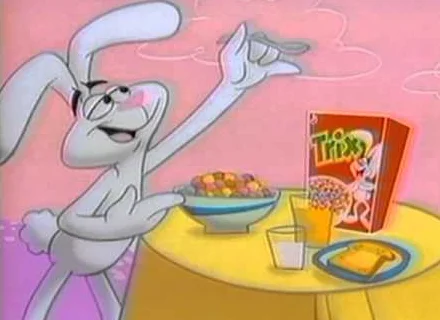
“Silly rabbit, Trix are for kids!” became one of the most recognizable catchphrases in cereal advertising history. This persistent white rabbit spent decades devising elaborate schemes to taste the colorful, fruity cereal, only to be thwarted by children who insisted the treats weren’t meant for him. His determination was both admirable and heartbreaking—here was a character who simply wanted to enjoy something delicious but was constantly denied. The ongoing narrative created genuine investment from viewers who secretly rooted for him to succeed. Cartoon Research reveals that the original cereal-loving bunny took a very different form than the animated version we grew up knowing.
While the Trix Rabbit still appears occasionally in modern advertising, his golden age of complex schemes and dramatic reveals has largely passed. Today’s commercials tend to be shorter and more direct, leaving little room for the elaborate storytelling that made his adventures so compelling. Those who remember his heyday often wonder if he ever did get to taste those Trix, and whether he’s finally found happiness in his retirement from commercial stardom.
4. Joe Camel
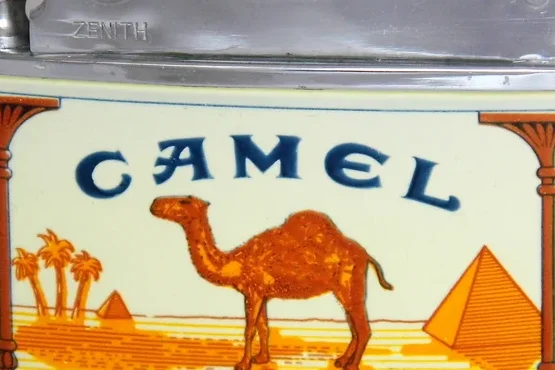
This smooth-talking dromedary became the face of Camel cigarettes in the late 1980s and 1990s, appearing everywhere from billboards to magazine ads to television commercials. With his leather jacket, sunglasses, and undeniably cool attitude, Joe made smoking seem sophisticated and rebellious. He played pool, rode motorcycles, and hung out at nightclubs, embodying the kind of lifestyle many young adults aspired to live. His cartoon appearance made him particularly memorable and approachable.
Joe’s reign ended abruptly in 1997 when mounting pressure from health advocates and concerns about marketing to minors forced his retirement. Critics argued that his cartoon nature appealed too strongly to children, while supporters maintained he was simply targeting adult smokers. Regardless of the controversy, Joe Camel had become so embedded in popular culture that his sudden disappearance left a noticeable void in advertising history.
5. The Hamm’s Beer Bear
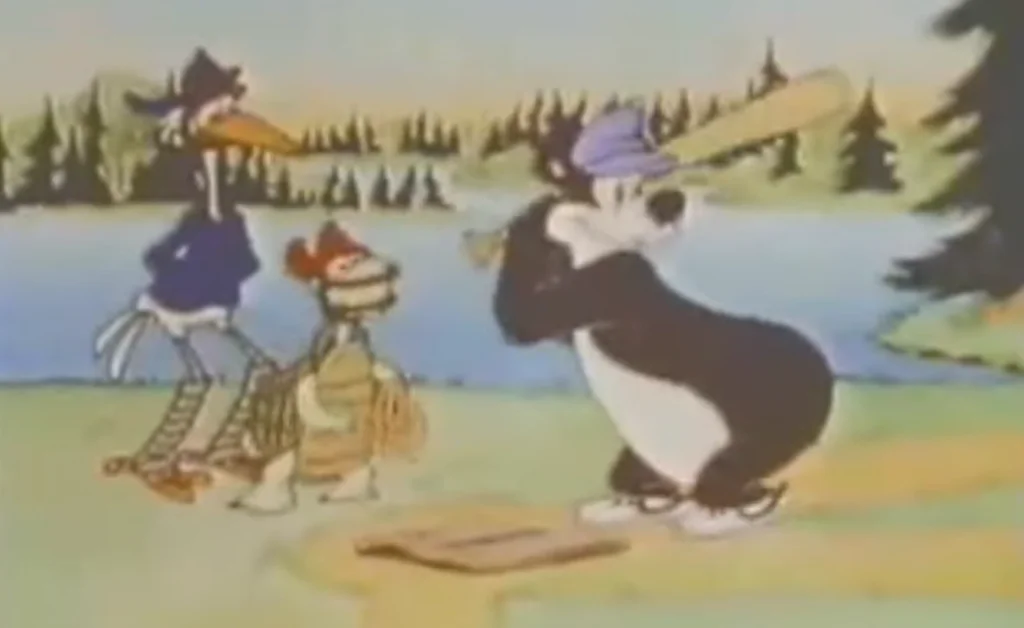
This lovable animated bear lived in the “land of sky blue waters” and taught America about Hamm’s beer through gentle, nature-themed commercials. Created in 1952, the bear would paddle canoes, fish in pristine lakes, and explore the Minnesota wilderness while a memorable jingle played in the background. His peaceful demeanor and connection to the great outdoors made beer drinking seem like a natural part of enjoying nature’s beauty. The character appealed to outdoor enthusiasts and city dwellers alike who dreamed of escaping to simpler times.
Television audiences said goodbye to the Hamm’s Bear in the early 1970s when the brand shifted its marketing strategy. His departure coincided with changing attitudes about alcohol advertising and a move toward more realistic, adult-oriented beer commercials. Many beer drinkers who grew up with the gentle bear found the new, more aggressive advertising styles jarring by comparison, missing the wholesome outdoor imagery he represented.
6. Josephine the Plumber
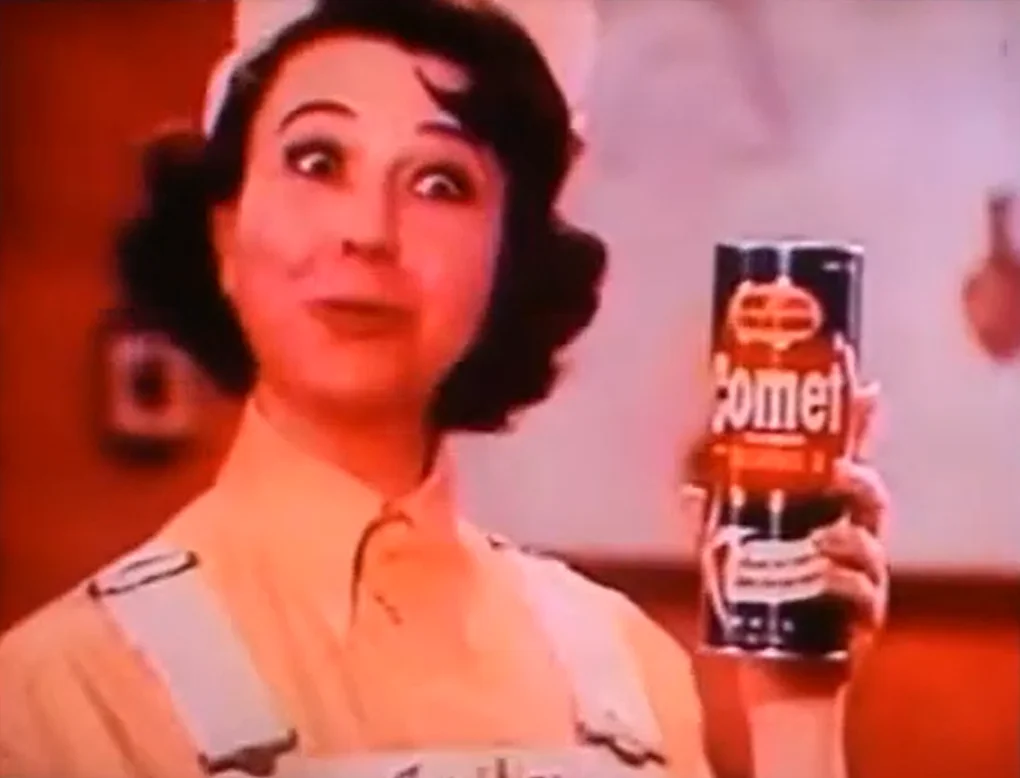
Long before we had celebrity endorsements, we had Josephine—a friendly, knowledgeable plumber who knew everything about Comet cleanser. Played by actress Jane Withers, Josephine wore overalls and carried a toolbox while dispensing cleaning advice to homemakers across America. She made household maintenance seem manageable and even enjoyable, treating every cleaning challenge as a problem with a simple solution. Her matter-of-fact approach and genuine helpfulness made her a trusted figure in millions of American homes.
Josephine hung up her wrench for good in the 1970s as advertising moved away from character-driven campaigns toward more lifestyle-focused marketing. Her disappearance marked the end of an era when commercial spokespersons felt like actual people rather than polished celebrities. Modern viewers might find her practical, no-nonsense approach refreshing compared to today’s more glamorous cleaning product advertisements.
7. The Frito Bandito
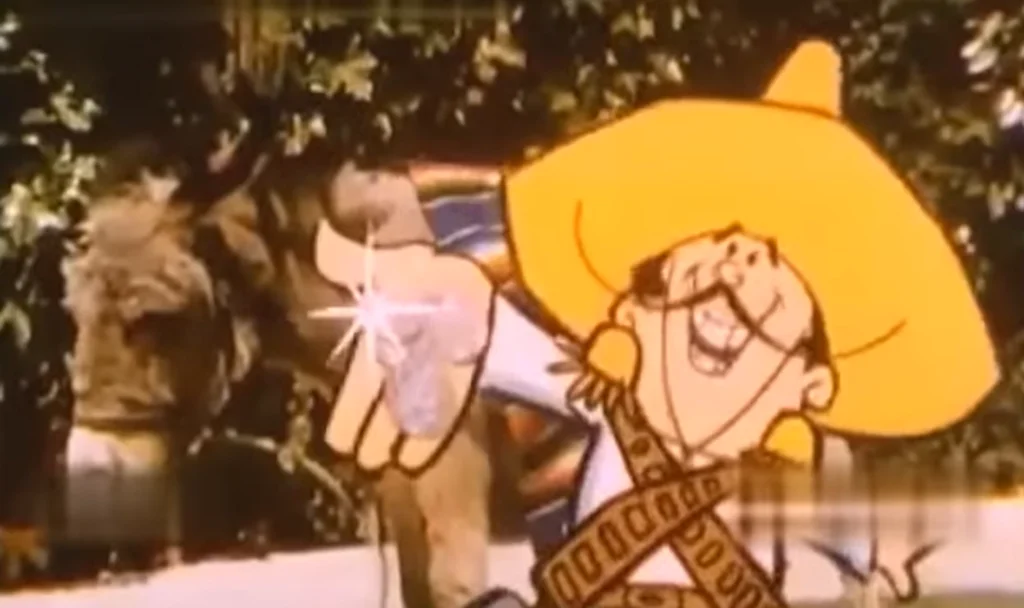
This animated Mexican bandit with his oversized sombrero and mischievous grin was Fritos’ spokesperson throughout the 1960s and early 1970s. He’d sneak around looking for corn chips to steal, complete with his theme song about being “cunning and clever and clean.” The character was voiced by Mel Blanc, the legendary voice actor behind Bugs Bunny and countless other cartoon characters. His exaggerated accent and playful criminal behavior made him instantly recognizable to children across America.
The Bandito rode off into the sunset permanently in 1971 following criticism about ethnic stereotyping. While his departure was necessary for cultural sensitivity, many viewers who grew up with him remember the character fondly as part of their childhood television experience. His absence marked one of the first major instances of advertising evolving to reflect changing social awareness about representation in media.
8. Charlie the Tuna
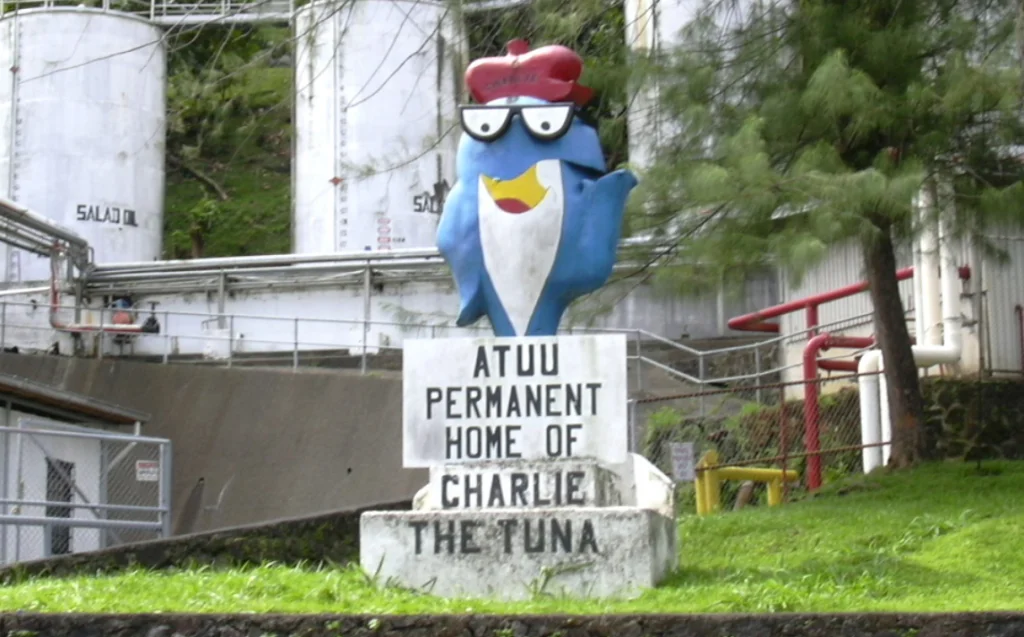
“Sorry, Charlie!” became the catchphrase that defined this lovable tuna’s existence throughout the 1960s and 1970s. Charlie desperately wanted to be selected for StarKist tuna, believing his good taste in art, literature, and music made him the perfect candidate. Unfortunately for Charlie, StarKist wanted tuna that tasted good, not tuna with good taste—a distinction that provided endless comedic material. His sophisticated personality and cultural refinement made him endearing to adults while his repeated rejections created sympathy from viewers of all ages.
Charlie’s last regular appearances ended in the early 1980s, though he occasionally resurfaces for nostalgic campaigns. His character represented a more innocent time in advertising when mascots could be simultaneously funny and tragic without feeling exploitative. Many longtime StarKist customers still associate the brand with Charlie’s persistent optimism and wonder whatever became of the cultured fish who just wanted recognition for his refined sensibilities.
9. The Pillsbury Doughboy
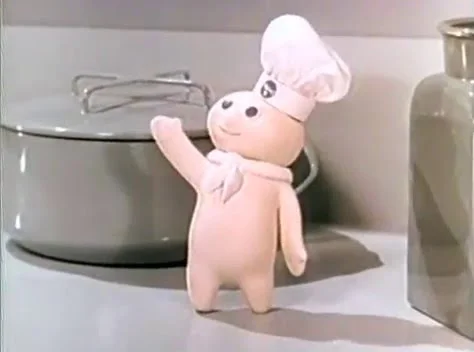
While Poppin’ Fresh (his official name) still appears in some modern Pillsbury advertising, his prominence has significantly diminished from his heyday in the 1960s and 1970s. Back then, his infectious giggle after being poked in the belly became a household sound that children would imitate constantly. His plump, cheerful appearance made baking seem joyful and accessible, while his childlike enthusiasm reminded viewers that cooking could be fun rather than just another chore. The simple act of poking his tummy became a shared cultural experience across America.
The Doughboy’s reduced presence reflects changes in how we think about food marketing and childhood obesity concerns. His jolly, carefree attitude toward baked goods seems less appropriate in today’s health-conscious environment, even though his message was always about bringing families together through home baking. Those who remember his golden years miss having such an enthusiastic ambassador for the simple pleasure of fresh-baked bread and cookies warming the kitchen.
10. Tony the Tiger
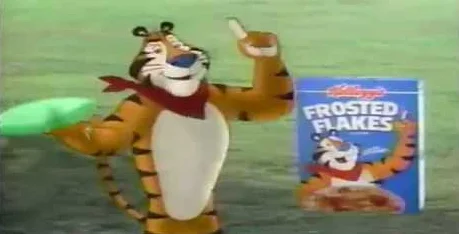
“They’re grrrrreat!” still echoes through cereal aisles today, but Tony the Tiger’s television presence has diminished considerably from his peak years in the 1960s through 1980s. During his golden era, Tony was more than just a cereal spokesperson—he was a motivational coach who encouraged children to be their best while enjoying a nutritious breakfast. His athletic build and positive attitude made him the perfect role model for active kids who needed fuel for their adventures. Tony’s enthusiasm was infectious, making even the most reluctant breakfast-eaters excited about starting their day.
Modern health concerns about sugar content in children’s cereals have pushed Tony into a more limited role, though he remains Frosted Flakes’ official mascot. His reduced screen time reflects changing attitudes about marketing food to children and increased scrutiny of cartoon characters promoting sugary products. Long-time fans miss Tony’s prominent presence and his ability to make breakfast feel like the most important and exciting meal of the day.
11. The Energizer Bunny
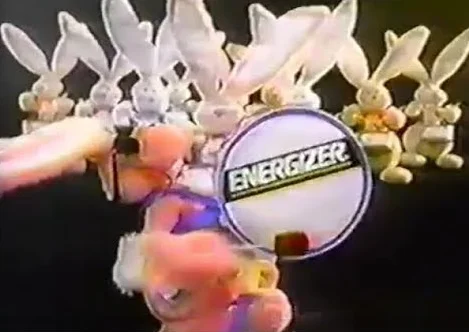
This pink, drum-beating rabbit became a cultural phenomenon in the late 1980s and early 1990s, interrupting fake commercials with his relentless marching and drumming. His unexpected appearances created anticipation and humor as viewers never knew when he might crash through their regularly scheduled programming. The bunny’s simple message—that Energizer batteries kept going and going—was delivered through pure visual comedy that required no dialogue. His sunglasses and flip-flops gave him a cool, laid-back personality that contrasted perfectly with his unstoppable energy.
While the Energizer Bunny still appears occasionally, his heyday of interrupting television programming has largely ended due to changes in advertising regulations and viewing habits. His reduced presence coincides with the decline of appointment television viewing, as streaming and on-demand content have eliminated the shared experience of commercial interruptions. Those who lived through his peak years remember the genuine surprise and delight of never knowing when the pink drummer might appear on their screens.
12. Mr. Whipple
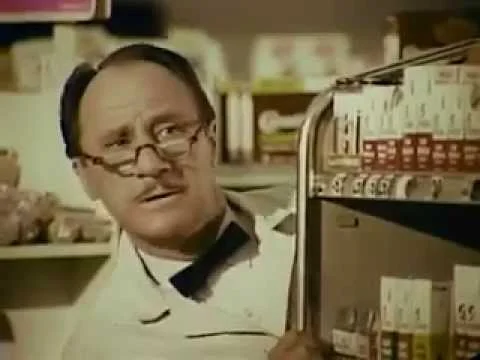
“Please don’t squeeze the Charmin!” became one of advertising’s most famous pleas, delivered by the perpetually frustrated store manager Mr. Whipple throughout the 1960s and 1970s. Played by actor Dick Wilson, Mr. Whipple spent his days trying to prevent customers from testing the softness of Charmin toilet paper, only to be caught sneaking a squeeze himself when he thought nobody was looking. His hypocrisy was endearing rather than annoying—here was a man who understood the irresistible appeal of the product he was trying to protect. The ongoing joke created a memorable character who made discussing bathroom tissue socially acceptable.
Mr. Whipple’s final regular appearances ended in the 1980s, though he made occasional comeback commercials before Dick Wilson’s retirement. His departure marked the end of an era when advertisers could create ongoing narratives around everyday products without fear of viewer fatigue. Modern toilet paper advertising tends to focus on technical specifications rather than character-driven humor, leaving many consumers nostalgic for the simple charm of a store manager who couldn’t resist his own merchandise.
These beloved mascots didn’t just sell products—they became part of our collective memory, creating shared experiences that connected neighbors, classmates, and family members across the country. Their absence from modern advertising reflects not just changing marketing strategies, but shifts in how we consume media and connect with brands. While today’s digital advertising offers more targeted and sophisticated approaches, many of us still miss the simple pleasure of gathering around the television to see what our favorite commercial characters were up to, knowing that millions of other families were sharing the same experience at exactly the same moment.


